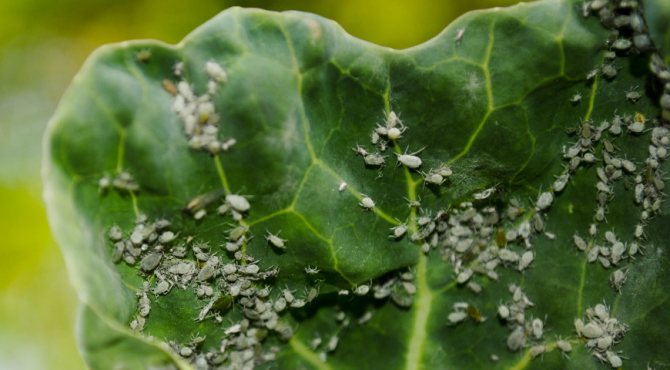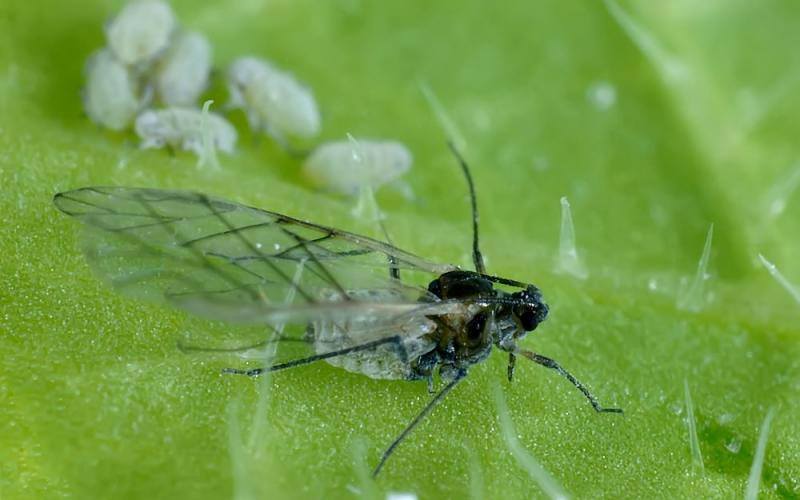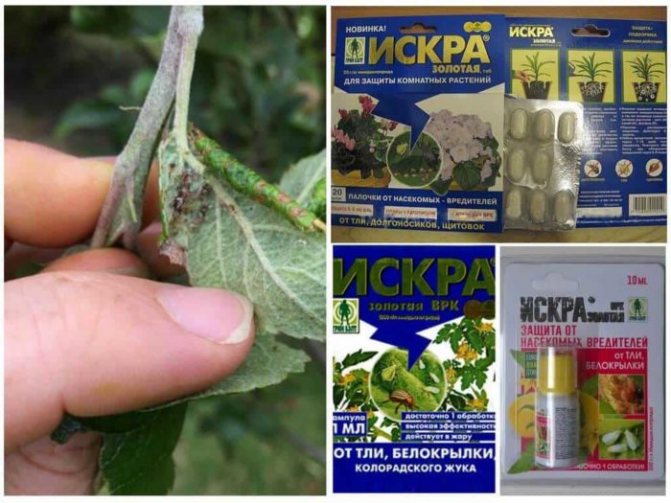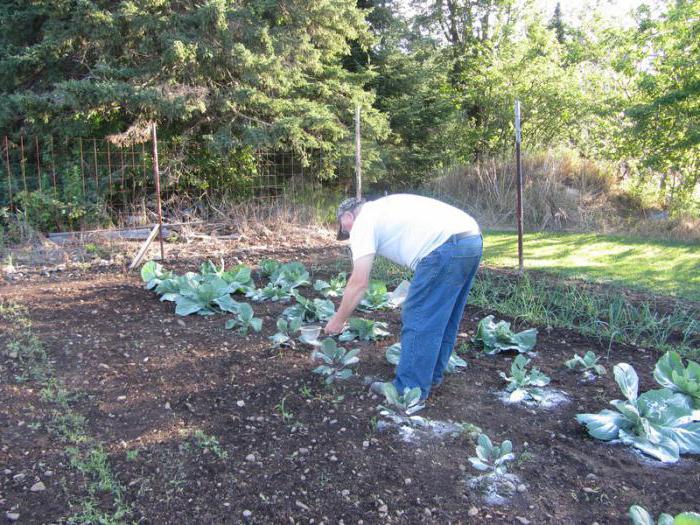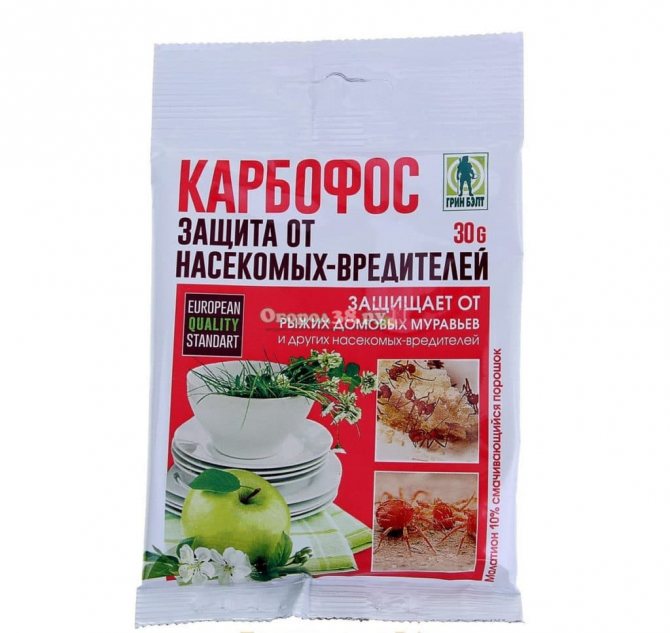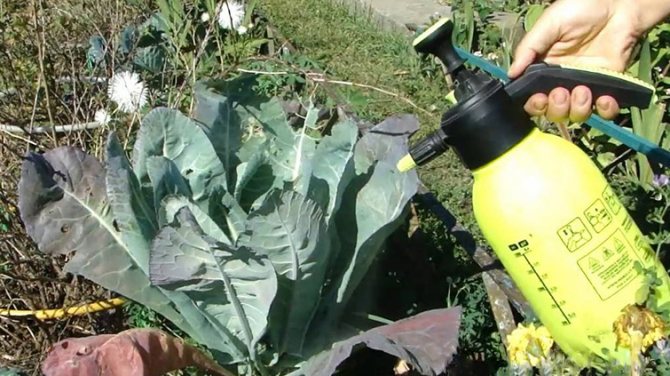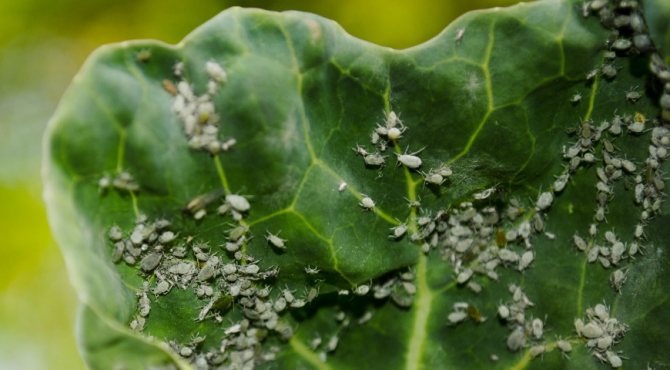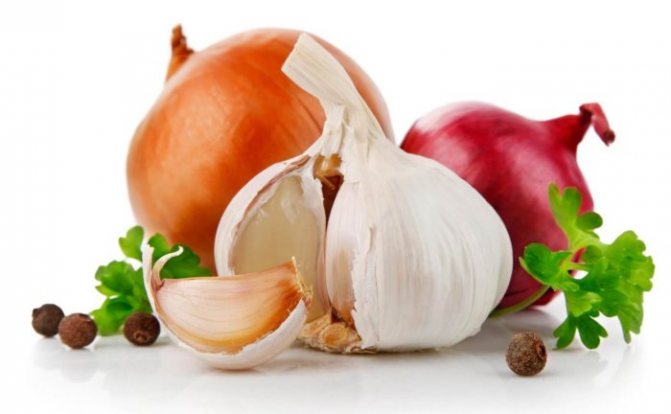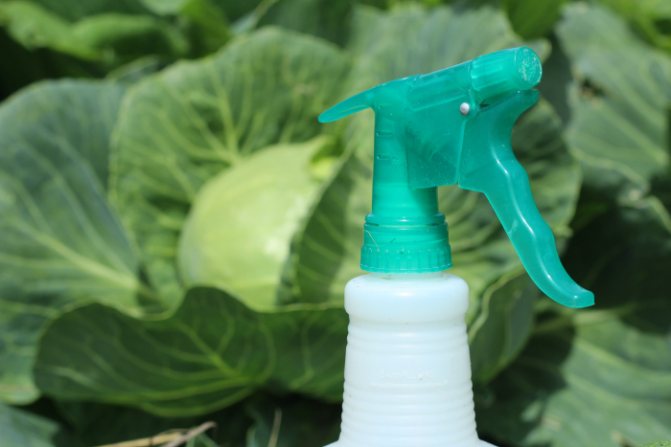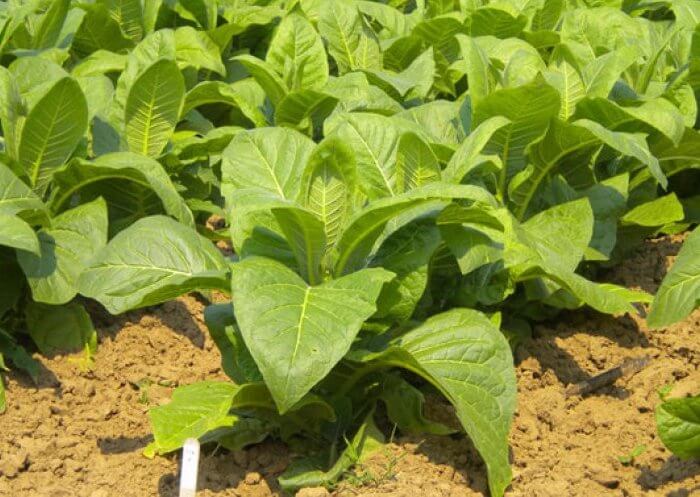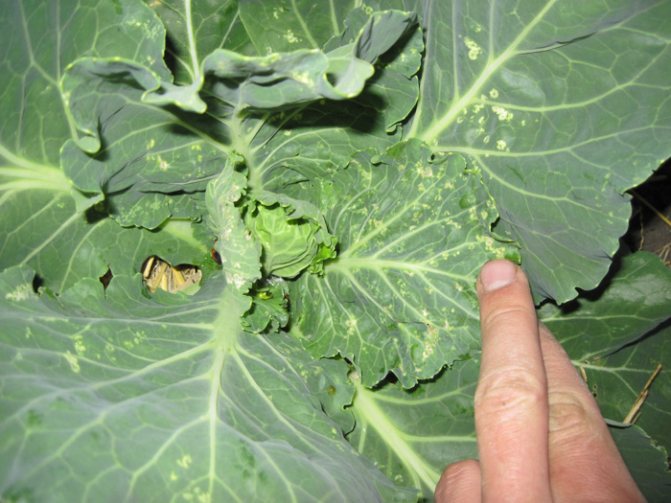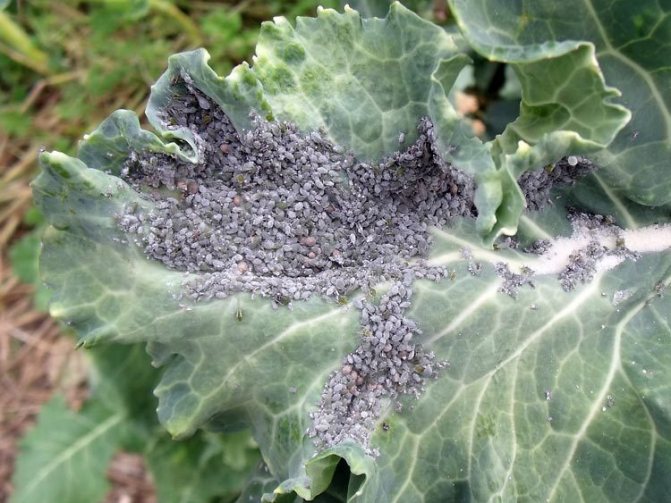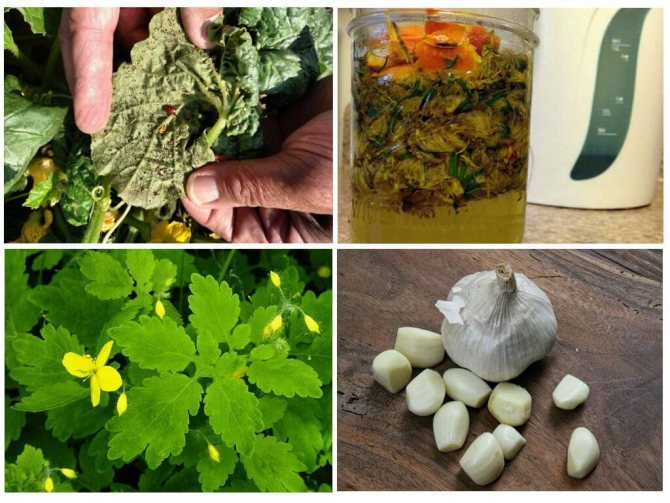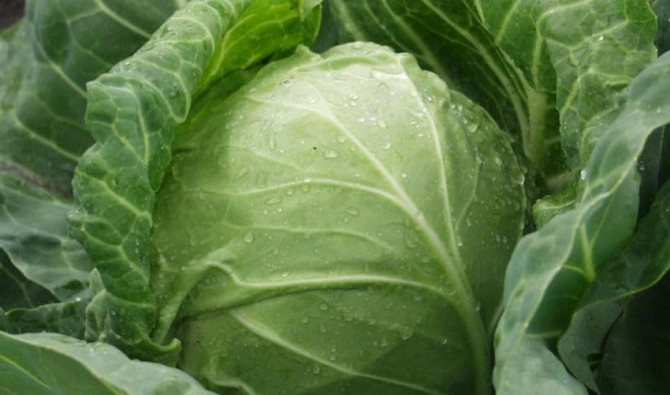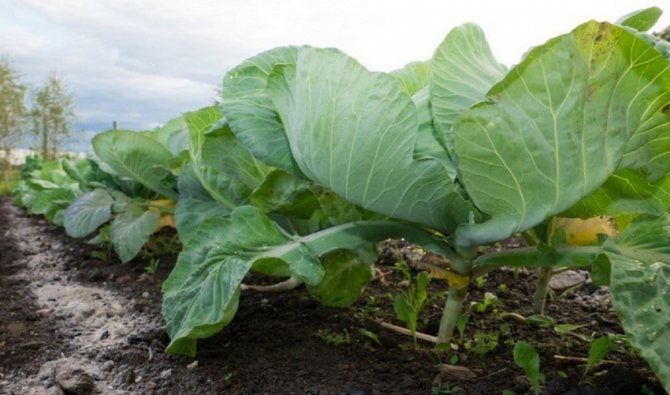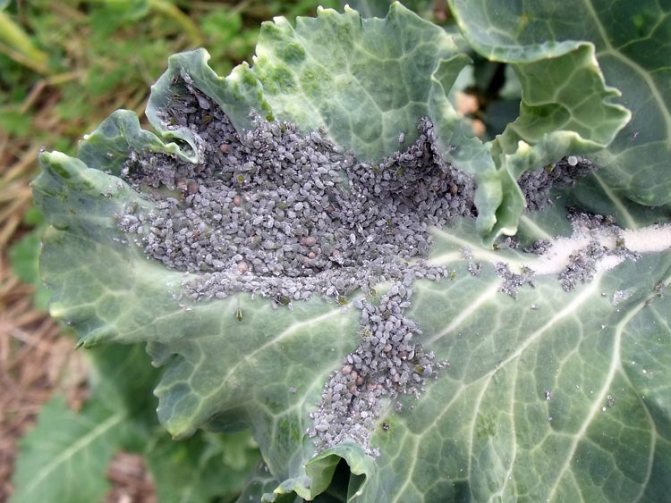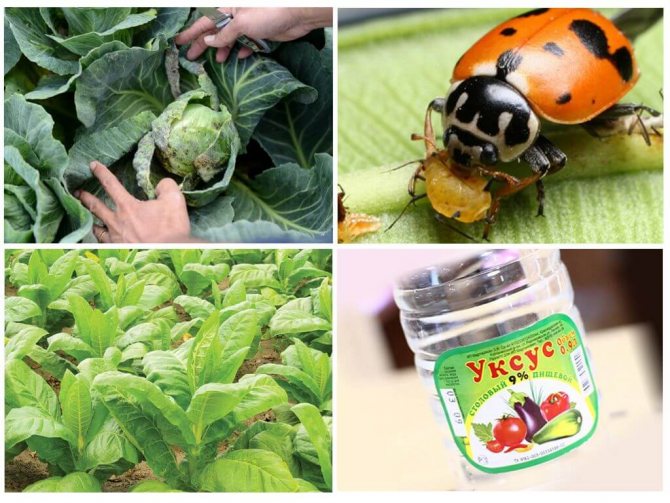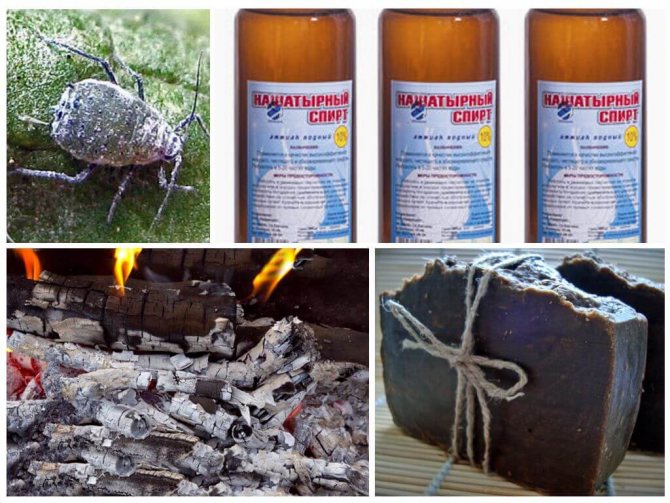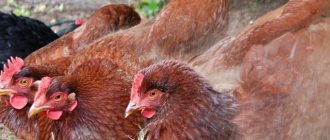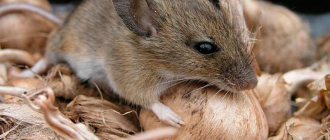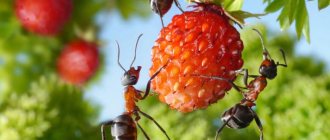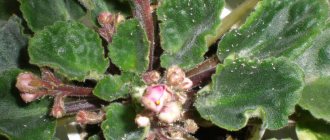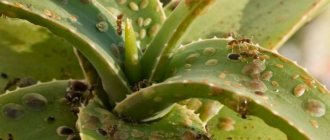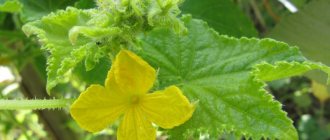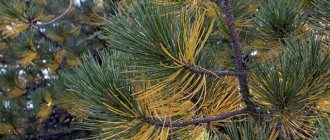Cabbage is a unique product whose taste and nutritional qualities are appreciated by people all over the world. It is used raw, boiled, pickled and fried. However, culture attracts the attention of not only people and animals, but also harmful insects. One of these is aphids. The sucking representative of the fauna is not averse to feasting on cabbage juice and pulp when the first shoots of the culture appear, which is why its growth stops. The massive spread of pests can seriously damage the crop. Therefore, every gardener needs to know how to deal with aphids on cabbage.
About the pest
There are many types of aphids: carrot, melon, root, mealy, legumes, etc. Cabbage is only affected by cabbage aphids.
Aphids on cabbage are quite common. The pest is a small (up to 2mm) insect of greenish-yellow tones. It prefers to live on young plants, feeding on their sap with the help of a long proboscis. As a result, the leaf plates take on the appearance of a dry shell. The insect is very dangerous for the plant because it carries more than 20 different infections of garden crops.
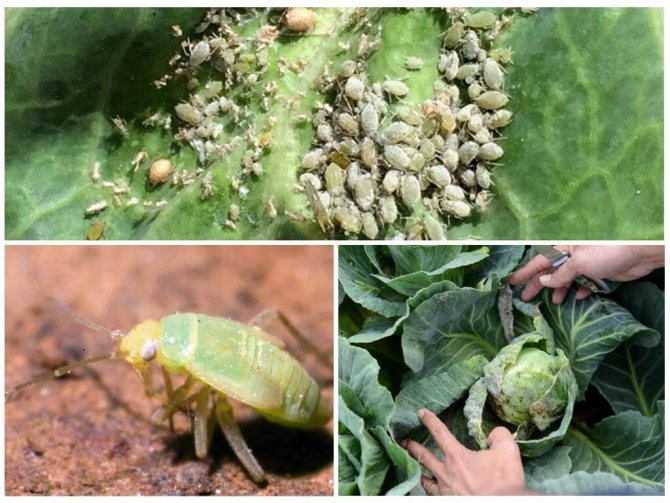
Aphids on cabbage
Good weather conditions contribute to the spread of pests. From eggs laid in autumn, larvae appear in spring, which turn into wingless females. They feed on cruciferous weeds and then switch to young cabbage plants. At this time, aphids are most numerous, as they reproduce without fertilization. Each such individual is capable of giving life to 4 dozen larvae, which prefer to inhabit the back of cabbage leaves. From which the latter are depleted, begin to dry out and completely die off.
In July, winged females appear, migrating throughout the land. In the fall, winged males hatch. After mating, fertilized females lay eggs on cabbage stumps for wintering.
Important!
The short life cycle of aphids compensates for its fertility: during the warm season, up to two dozen generations can change. Therefore, every gardener needs to know how to process cabbage from aphids.
Insect damage
The onset of aphid infestation is easy to miss. Insects are found on the bottom of the bush. After a while, the leaves turn pale, become brittle, the veins dry out. The garden culture is lagging behind in growth.
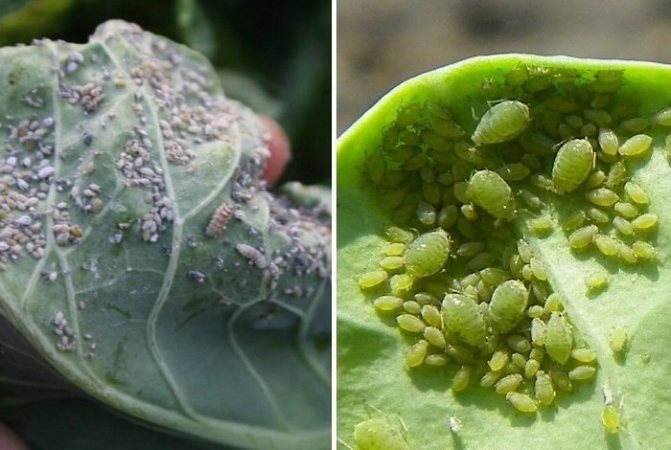

During severe infection, the leaves twist and deform, a sticky gray coating forms on the surface. The outer part is covered with multiple pest colonies. Aphids replace up to 30 generations per season.
The insect is capable of asexual reproduction. So, at the beginning of spring, females appear. Males, who are born by the middle of the season, only aggravate the situation, quickly spreading throughout the garden.
Signs of a cabbage aphid infestation:
- Deceleration of plant development.
- Pale foliage.
- The leaves are twisted.
- Gray plaque - waste in the process of life, impairs photosynthesis and absorption of nutrients.
- Increased activity of ants.
Attention: Aphids can infect cabbage, as they carry about 25 viral and infectious diseases.
The main specificity of pests is rapid reproduction.So, even from single insects, multiple colonies appear after a short time.
How to prevent crop contamination
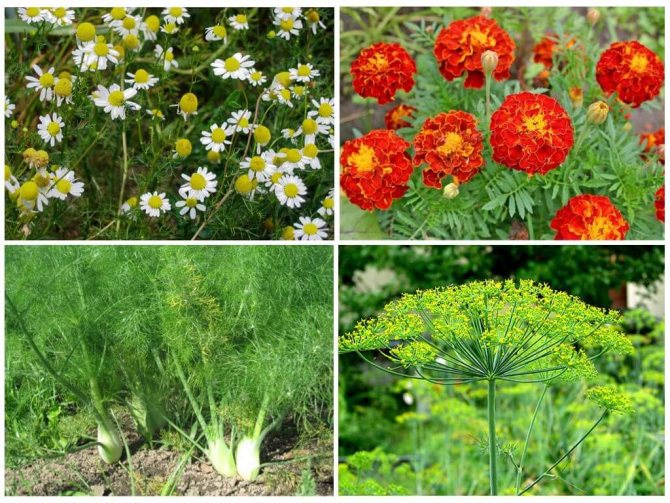

Plants that repel aphids
To prevent aphids from appearing on cabbage, you must follow the following recommendations:
- After harvesting cabbage heads, it is unacceptable to leave their stalks, as well as cruciferous weeds, in the soil. They must be burned without fail.
- Planting plants with an insect repellent effect on cabbage beds. These include: marigolds, parsley, chamomile, garlic, onions, as well as herbs such as basil or thyme.
- Planting umbrella plants (dill, fennel), attracting the attention of beneficial insects, is no less effective against pests. It is they who will help get rid of aphids on cabbage.
Prevention measures
In order not to bother the cabbage aphid, be sure to follow the agricultural techniques of garden crops. In particular:
- Kill weeds in a timely manner.
- Do not plant cabbage in the same spot. Choose your predecessors carefully.
- Remove post-harvest residues from the beds. Stumps are great for compost.
- Be sure to dig up the beds before the onset of cold weather.
- Combine cabbage planting with dill or carrots.
To harvest cabbage, you have to work hard. This is the only way to get really healthy and tasty heads of cabbage. After all, self-grown vegetables cannot be compared with purchased ones.
How to protect cabbage
Due to the fact that cabbage is a crop for the protection of which the use of chemicals is unacceptable, it is advisable to get rid of aphids on cabbage using folk remedies. After all, it is almost impossible to wash off the remnants of the chemical from a tightly curling head of cabbage. It is in this form that it will end up on the kitchen table.
Important!
It is possible to process cabbage leaves with chemicals only before curling the head of cabbage. In the middle or late spring, during mass seedlings emergence, you can spray cabbage and soil with celandine powder, mothballs or dust.
You can also use the following brands of funds for this: Aktara, Decis or Actellik. Any composition is diluted with water in the ratio of 20 ml of the product to 10 liters of liquid. The working solution should be sprinkled on cabbage with a period of 3-5 days. In the most recent period, the protection of cabbage from aphids is carried out using biological, folk and physical methods. They are described in more detail below.
Preventive measures against aphids
It is easier to prevent an aphid invasion than to deal with it on the site. The following measures will help protect the garden from insect attack:
- In the fall, all plant residues are removed from the beds, because insect eggs may remain on them.
- Plants and fruits on which aphid colonies are found are burned, and the soil is dug to a depth of 15–20 cm.
- All weeds growing around the site are also subject to removal.
- In the spring, when crops are sown and seedlings are planted in the beds, it is necessary to strictly follow the rules of agricultural technology, which will allow growing healthy plants. It is known that aphids and other pests primarily attack weakened crops.
Practice has shown that most gardeners use folk remedies in the fight against aphids and other insects that attack the site. They are absolutely safe for humans, but effective against pests. After using them, you rarely have to use chemicals.
Chemicals


Aphid preparations
Insecticidal preparations are distinguished by their quick effect and the ability to completely destroy aphids. However, do not forget that active substances can accumulate in the heads of cabbage, having a toxic effect on the human body. Therefore, they should be processed only in especially advanced cases. In addition, the active ingredients in pesticides can be detrimental to beneficial insects.
The most popular aphids:
- Deltamethrin. One of the safest medications that can be sprayed on cabbage is Deltamethrin. It consists of natural pyrethrins, which have an effect on the nervous system of aphids. They interfere with the transmission of nerve impulses, the consequence of which is paralysis and the inevitable death of insects. The residual effect of the drug lasts for 3 weeks.
- Iskra Bio is an effective drug that is used when a cabbage aphid or a tick has settled on a mature crop. Spark Bio is a concentrated composition that is diluted in water. They are treated with cabbage heads 2 days before the harvest. There are also other variations of this remedy, differing in the form of release: (Spark gold and Spark Double effect).
- Karbofos. Another remedy for aphids on cabbage, which is based on a broad-spectrum organophosphate insecticide. Thanks to this, the drug is able to destroy pests at different stages of their development.
Cabbage scoop
This butterfly flies only at night and looks like a large moth. Size with spread wings - about 5 cm. Painted in nondescript shades of gray and brown. During the summer, two generations are born: the laying of eggs for the first occurs from mid-May to the end of June, for the second - from mid-July to early September.
Young moth caterpillars are first colored green; when they mature, they darken: they become gray, brown or almost black. Only at the initial stage of development do they feed on the pulp of the outer leaves. Fortified individuals bite into heads of cabbage, make moves, fill them with liquid excrement. Methods of prevention and control of this pest are the same as with cabbage.
Biologicals
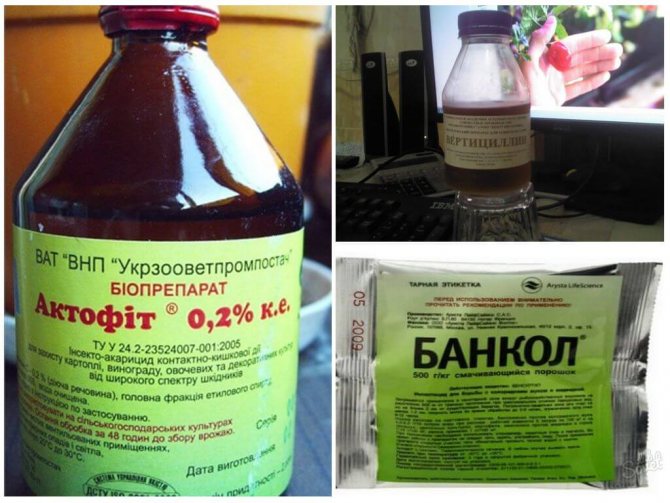

Biological products for pest control
A distinctive feature of these funds is their base, which consists of bacteria, living fungi and nematodes. As a result, drugs of this type, having a negative effect on pests, do not pose a danger to human health and pets. The pest population dies after 8-12 hours from the moment of crop processing.
According to the reviews of experienced gardeners, the most effective are the drugs of the following brands:
- Verticillin;
- Aktofit;
- Bicol;
- Fitoverm;
- Bitoxibacillin.
All these compositions can be used in a tank mixture, to enhance the adhesion of which laundry soap is used. However, for its preparation, each drug is dissolved separately in accordance with the manufacturer's recommendations. And only then all the solutions are poured into a common container and used to spray cabbage.
On a note!
When using biological products, you can achieve the maximum result if the treatment is carried out at a temperature not lower than +18 degrees.
Folk remedies
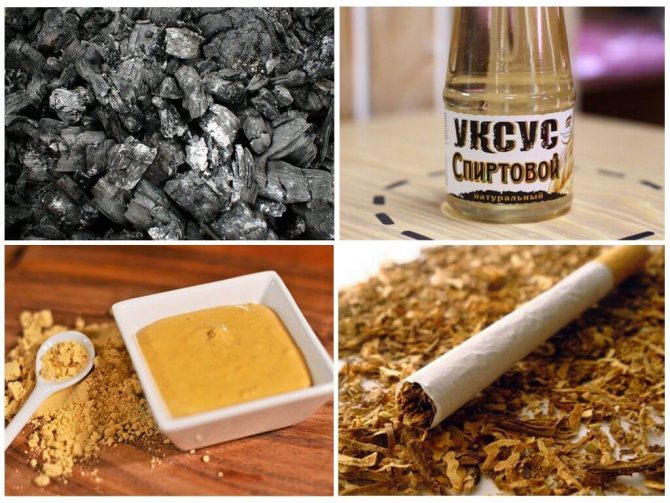

Folk ways to destroy aphids
Many fans of garden work still prefer to use folk control measures that will not harm human health and the planting itself.
- Ash. Ordinary wood ash will help to destroy aphids. It is mixed with cinnamon and red and black pepper. Then the mixture is placed in water, in which the laundry soap is preliminarily dissolved. The resulting solution should be sprinkled with cabbage every 3 days. You can also mix ash with a soapy solution (200 g of ash per 2 liters of liquid). The resulting mixture is used in a similar manner.
- Aphid vinegar is one of the simplest and most affordable remedies. Small pests do not tolerate its pungent smell, as a result of which they tend to quickly leave the danger zone. To save the cabbage, it is treated with a vinegar solution (a glass of vinegar for 10 liters of water). 40 g of grated soap will help to add stickiness to the composition.
- Tobacco. Aphid also does not tolerate tobacco aroma.A concentrated broth is made from tobacco (10 g of dry product for 5 liters of water). The composition is infused for a day, after which the same amount of water is added and boiled for 2 hours. The finished broth is used for spraying infected crops.
- Mustard. The medicinal mustard mixture is prepared at the rate of 20 g of powder per 1 liter of water. The solution is made before use and used for spraying cabbage heads.
- Ammonia. A solution of ammonia has a negative effect on adult aphids. It is prepared in the ratio of 50 g of alcohol to 10 liters of water. Also add 100 g of soap there. The solution is used for watering cabbage crops, trying to thoroughly irrigate the lower parts of the plant with it.
- Tar soap. An effective remedy not only for aphids, but also for the products of its vital activity. Tar soap (100 g) is diluted in water (1 l), after which another 9 l of water is added. The solution is used for spraying cabbage heads. A solution of tar soap also gives a good effect on cauliflower.
Cabbage whitefish: deterrents and ways to combat caterpillars
Even people who are far from gardening and horticulture know butterflies. The first generation flies in the south - in April - early May, in other regions of Russia - in late May - early June. The second wave, more numerous, occurs at the end of July - August. In the southern regions, the third generation also appears - immediately after the second and conducts its life until October.
This pest can also be fought with simple and harmless means. Butterflies fly to the smell of cabbage, but it is so subtle that it is easily interrupted by brighter aromas. Why not take advantage of this and mislead the pests.
Folk remedies for scaring away cabbages:
- Plant marigolds or calendula in dense rows around the perimeter of the cabbage bed. But they will have time to bloom only by the second flight of butterflies, prepare for the first spring differently.
- At the very beginning of the flight of the butterflies, sprinkle the ground under the cabbage with chopped odorous plants. Suitable: wormwood, tansy, mustard, garlic arrows, mint, oregano, lemon balm, etc. They can be plucked and cut with scissors. We dry many herbs for the winter for tea. Leftovers are great for scaring off the first generation of butterflies in the spring.
- If the herbs have not been dried, and the fresh ones have not yet grown, buy tobacco, tobacco dust or makhorka. These funds also have a deterrent effect.
- Grind any of the above fragrant herbs or a mixture of them, fill liter glass jars or other similar containers with green mass, fill with water and arrange in a cabbage bed. First, the smell of herbs will rise over the containers, interrupting the cabbage. Then the contents will begin to ferment, an even stronger smell will appear, like from manure. After a week, dilute the slurry from the jars with water (1: 5), use it as a top dressing for any crop. Refill the jars with fragrant raw materials and water.
- Dilute a solution of valerian from a pharmacy (50 ml) in 3 liters of water, spray over the leaves at the beginning of each period of butterfly flight. The method is very effective, scoops, whites, cabbage flies do not fly to cabbage, but it is suitable only for areas that cats do not visit. These valerian lovers will dig up the entire cultivated bed, break the cabbage.

